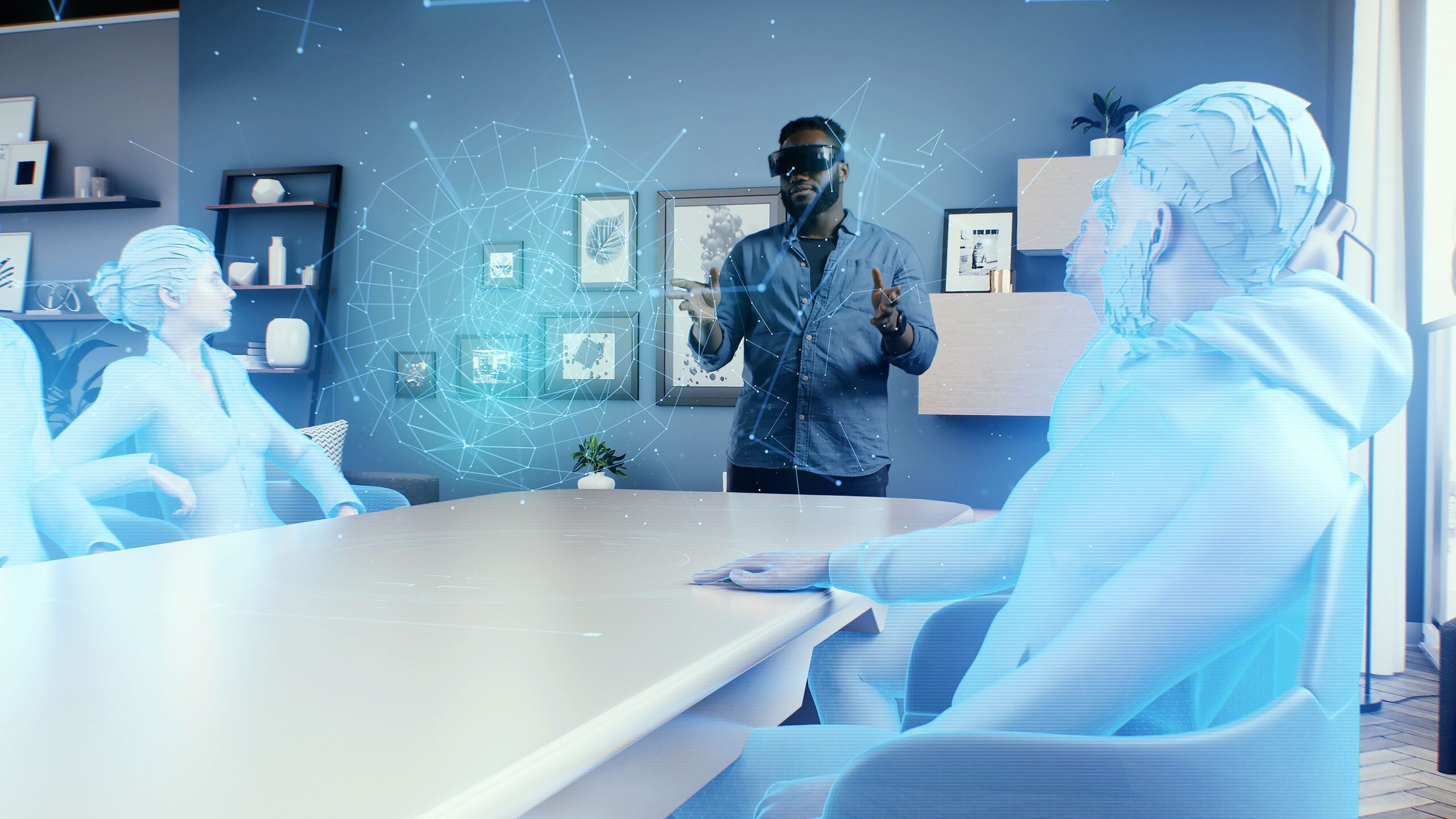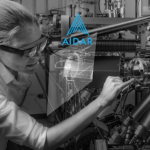XR as a Strategic Enabler – Not Just a Tool. An Imperative for Competitive Advantage
Extended Reality Meets Artificial Intelligence to strengthen strategic advantage of enterprises.
In the last decade, Extended Reality (XR) – encompassing Augmented Reality (AR), Virtual Reality (VR), and Mixed Reality (MR) – has moved far beyond the realm of entertainment. What once was seen as a futuristic experiment is now a core driver of business transformation. The conversation has shifted from “Should we try XR?” to “How can we integrate XR into our corporate strategy to win in the market?”
When paired with Artificial Intelligence (AI), XR becomes more than just an immersive tool. AI brings real-time adaptability, data-driven insights, and automation, turning XR from a visual experience into a strategic engine for growth, efficiency, and differentiation. Together, they allow companies to design, simulate, and optimise experiences in ways that were previously impossible.
Leading companies view XR as part of the business architecture — not a side project owned by a single department. It’s being woven into:
- Product development– Accelerating design cycles with VR prototyping and AI-assisted simulations, reducing time-to-market by months.
- Operations– Using AR overlays and AI diagnostics for field service, manufacturing, and logistics, cutting downtime and human error.
- Customer engagement– Offering virtual showrooms, personalised experiences, and immersive product demonstrations that deepen brand loyalty.
- Talent and workforce development– Delivering AI-personalised, XR-enabled training that scales globally without sacrificing quality.
As highlighted in Forbes and other respected business outlets, consultancies like Accenture and Deloitte Digital are advising Fortune 500 clients to align XR adoption with strategic objectives and measurable KPIs. This ensures it’s not just a tech showcase, but a sustained source of competitive advantage.
The XR + AI Synergy: From Immersion to Intelligence
While XR engages the senses, AI engages the mind of the system. Together, they create environments that are both immersive and intelligent:
- Adaptive Training at Scale– Boeing’s mixed reality training uses AI to adjust complexity in real time, reducing training time by up to 75% while increasing safety compliance.
- Predictive Operational Excellence– Airbus pairs XR visualisation of complex assemblies with AI-powered predictive maintenance, preventing costly failures before they happen.
- Hyper-Personalised Brand Experiences– Mercedes-Benz merges AR navigation, VR vehicle configurators, and AI-driven virtual assistants to create a seamless, high-end customer journey that blends physical and digital touchpoints.
This synergy enables continuous improvement — each user interaction generates data that AI can learn from, making the XR environment more personalised, efficient, and effective over time.
Competitive Advantage Through Strategic Adoption
The companies that act early on XR + AI are building moats around their business models. These technologies are not sector-specific — they are strategy-specific. By embedding XR into their core digital strategy, leaders are realising gains in speed, efficiency, and customer loyalty.
Industry Examples by Segment
|
Segment |
Leaders & Use Cases |
|
Automotive |
Mercedes-Benz – VR/AR showrooms, AR navigation, HoloLens-based training; BMW – VR plant planning; Porsche – AR remote service; Toyota – VR design + AR marketing; Volvo – VR product development. |
|
Aerospace & Industry |
Airbus – digital twins, MR for assembly; Boeing – AI-driven MR training; Lockheed Martin – AR assembly in space programmes. |
|
FMCG & Corporate |
Nestlé Purina – virtual factory tours saving $100k/year; Accenture – XR onboarding campus for global hires; Bank of America – VR empathy training for customer service; Intel – XR safety recertification delivering 300% ROI; Coca-Cola – tripled engagement in leadership programmes via VR. |
|
Media & Entertainment |
Disney – dedicated AI & XR division integrating immersive tech into film, TV, and theme parks. |
From Innovation Theatre to ROI
The difference between a flashy XR pilot and a profitable XR strategy lies in:
- Integration with existing systems– Linking XR to ERP, CRM, PLM, and other enterprise platforms so data flows freely between environments.
- KPI alignment– Defining clear metrics for adoption, efficiency, engagement, or revenue impact before rollout.
- Change management– Training leadership and employees to adopt and champion the new tools.
- Scalability planning– Designing XR + AI solutions with future use cases in mind, avoiding one-off investments.
The case studies speak for themselves:
- Intel slashed recertification costs and time through AI-guided XR safety training.
- Porsche reduced service resolution times by 40% using AR-assisted repairs.
- BMWsped up factory layout planning, saving months in production readiness.
These are not minor process tweaks — they are competitive advantages that directly impact the bottom line.
Why the Time to Act Is Now
Market research consistently shows that companies implementing XR + AI in the next 12–24 months will establish capabilities that late adopters will struggle to match. Forbes’ coverage of XR adoption trends highlights a widening performance gap: leaders in this space are able to launch products faster, serve customers better, and operate more efficiently.
- Waiting carries risks: Competitors will use XR + AI to set new customer expectations.
- Talent will gravitate toward companies offering cutting-edge tools.
- Operational inefficiencies will widen compared to digitally-optimised rivals.
Aidar Solutions: Turning XR + AI into a Business Growth Engine
At Aidar Solutions, we deliver more than a technology platform. We deliver a strategic enabler that integrates XR and AI into the heart of your enterprise operations. Our platform is designed to:
- Buildimmersive, intelligent training modules that cut costs and accelerate employee readiness.
- Enabledigital twin creation for agile product design and operational optimisation.
- PowerAI-enhanced customer experiences that increase conversions, loyalty, and brand differentiation.
- Seamlessly integrate with your existing enterprise systems, ensuring data continuity and security.
The strategic adoption of XR + AI is no longer a matter of innovation prestige — it is a matter of survival and growth. Markets will not slow down, and neither should we.



